30 September 2021
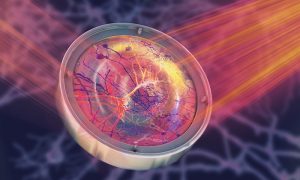
Scientists in EMBL’s Prevedel Group have developed a pioneering microscopy technique that allows researchers to observe cells hidden within opaque tissues, such as live neurons embedded deep in the brain.
SCIENCE & TECHNOLOGY
2021
sciencescience-technology
5 January 2021
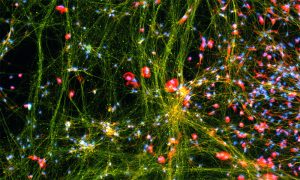
Fluorescent dyes light up a cellular community of neurons and brain immune cells (microglia), which were derived from stem cells.
SCIENCE & TECHNOLOGY
2021
picture-of-the-weekscience-technology
3 July 2020
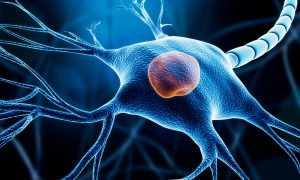
Scientists at EMBL Heidelberg have investigated stem cells and how they differentiate to become neurons. Their approach included an assessment of the complex interplay of molecules during the differentiation process and generated fundamental new insights into the role of a protein called Sox2 in…
SCIENCE & TECHNOLOGY
2020
sciencescience-technology
21 April 2020
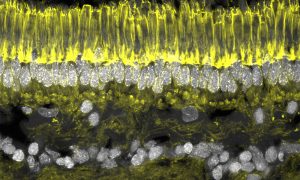
This Picture of the Week shows a stained cryosection of a retina – the light-sensitive part of the eye – of an ancient fish, the lamprey.
SCIENCE & TECHNOLOGY
2020
picture-of-the-weekscience-technology
23 July 2019
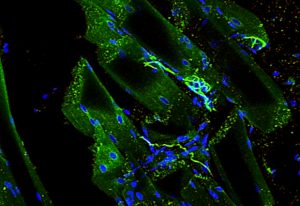
Every single moment of our life we use our muscles – most of the time without even thinking about it. Some muscles, like our heart, we cannot even control at all. How our brain communicates with our muscles is still not fully understood. The communication between our brain and our skeletal…
SCIENCE & TECHNOLOGY
2019
picture-of-the-weekscience-technology
17 December 2018
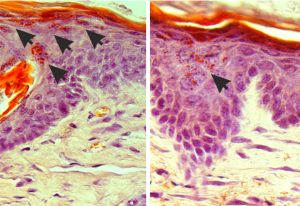
EMBL researchers have found a way to stop itch with light in mice
SCIENCE & TECHNOLOGY
2018
sciencescience-technology
31 October 2018
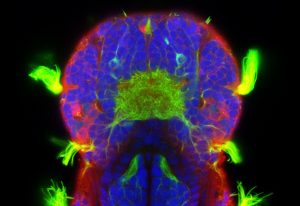
EMBL researchers discover that four organs in a marine worm’s head can sense different chemicals
SCIENCE & TECHNOLOGY
2018
sciencescience-technology
24 April 2018
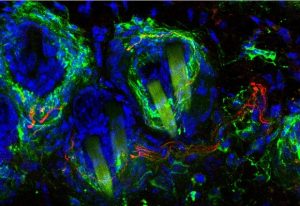
Scientists at EMBL Rome develop new method that uses light to manage neuropathic pain in mice
SCIENCE & TECHNOLOGY
2018
sciencescience-technology
2 February 2014
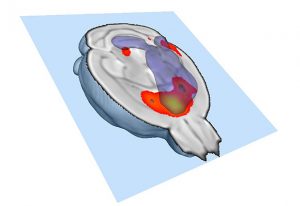
In many people with autism and other neurodevelopmental disorders, different parts of the brain don’t talk to each other very well. Scientists have now identified, for the first time, a way in which this decreased functional connectivity can come about. In a study published online today…
SCIENCE & TECHNOLOGY
2014
sciencescience-technology
10 November 2013
What do bullies and sex have in common? Based on work by scientists at the European Molecular Biology Laboratory (EMBL) in Monterotondo, Italy, it seems that the same part of the brain reacts to both. In a study published today in Nature Neuroscience, the researchers found that – at least in…
SCIENCE & TECHNOLOGY
2013
sciencescience-technology
24 May 2012
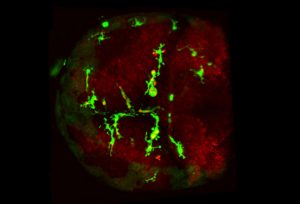
Like emergency workers rushing to a disaster scene, cells called microglia speed to places where the brain has been injured, to contain the damage by ‘eating up’ any cellular debris and dead or dying neurons. Scientists at the European Molecular Biology Laboratory (EMBL) in Heidelberg, Germany,…
SCIENCE & TECHNOLOGY
2012
sciencescience-technology
21 July 2011
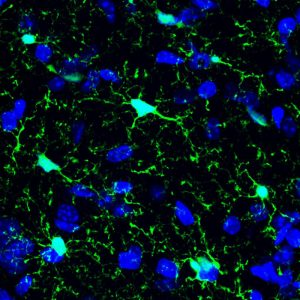
Gardeners know that some trees require regular pruning: some of their branches have to be cut so that others can grow stronger. The same is true of the developing brain: cells called microglia prune the connections between neurons, shaping how the brain is wired, scientists at the European…
SCIENCE & TECHNOLOGY
2011
sciencescience-technology
25 August 2010
Fear can make you run, it can make you fight, and it can glue you to the spot. Scientists at the European Molecular Biology Laboratory (EMBL) in Monterotondo, Italy and GlaxoSmithKline in Verona, Italy, have identified not only the part of the brain but the specific type of neurons that determine…
SCIENCE & TECHNOLOGY
2010
sciencescience-technology
4 July 2008
Sudden Infant Death Syndrome (SIDS) is a condition that unexpectedly and unexplainably takes the lives of seemingly healthy babies aged between a month and a year. Now researchers of the European Molecular Biology Laboratory in Monterotondo, Italy, have developed a mouse model of the so-called crib…
SCIENCE & TECHNOLOGY
2008
sciencescience-technology
3 June 2007
People who suffer from anxiety tend to interpret ambiguous situations, situations that could potentially be dangerous but not necessarily so, as threatening. Researchers from the Mouse Biology Unit of the European Molecular Biology Laboratory (EMBL) in Italy have now uncovered the neural basis for…
SCIENCE & TECHNOLOGY
2007
sciencescience-technology
13 November 2005
Scientists at the Universities of Heidelberg and Ulm and a unit of the European Molecular Biology Laboratory (EMBL) in Monterotondo, Italy, have discovered that a specific signal within brain cells may determine whether they live or die after a stroke. Their study, published online (November 13) by…
SCIENCE & TECHNOLOGY
2005
sciencescience-technology
No results found










